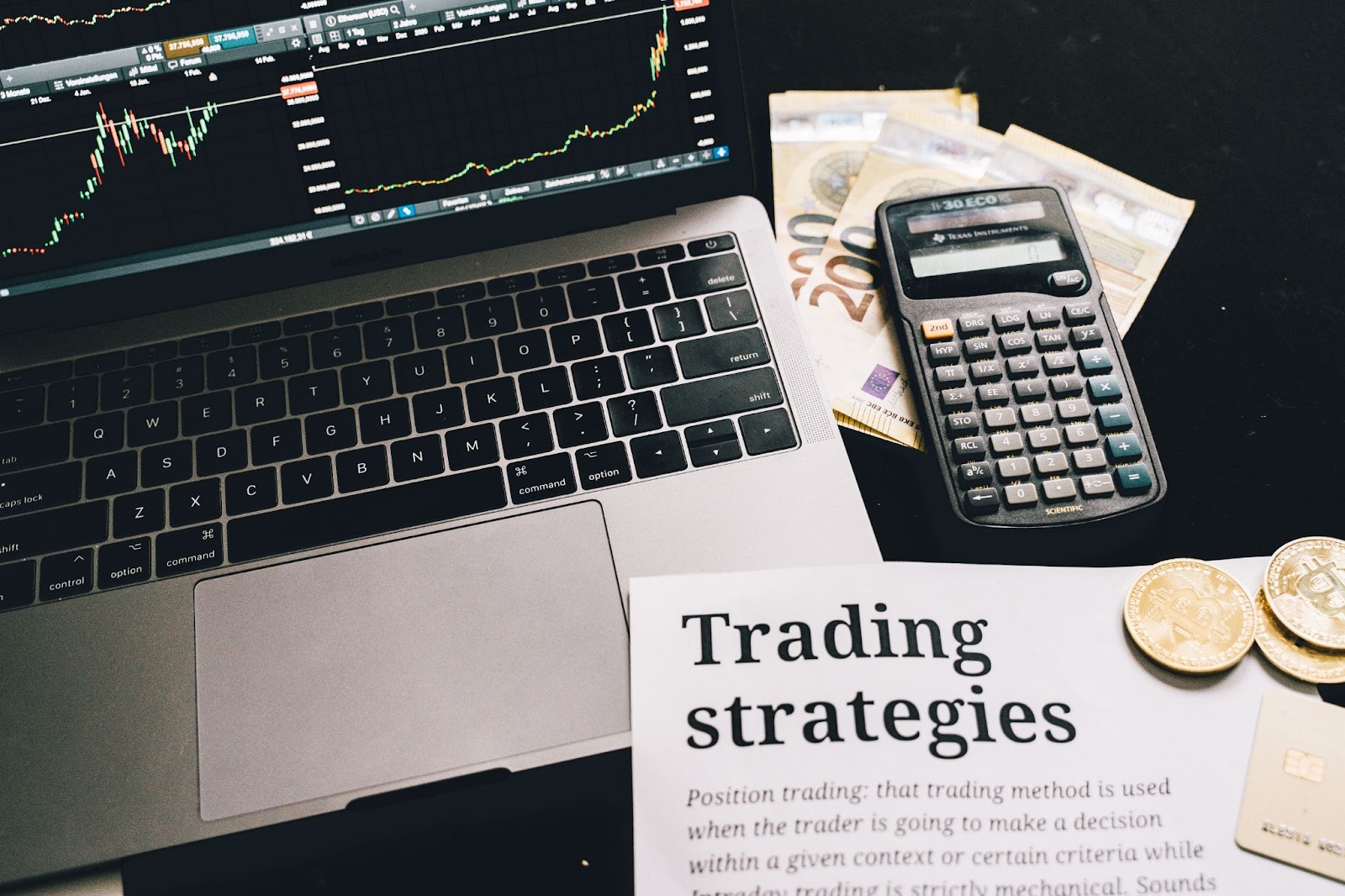Did you know that you can create your trading strategy based on your understanding of the market? Yes, you heard that right! While you can use a strategy developed by someone else, creating yours will allow you to find out what works best for you.
Having a strategy is not a guarantee for profits. You need to create one suitable for the specific market you’re dealing with and stick to it without any deviations.
Here is a simple step-by-step guide on creating crypto trading strategies like a pro.
Research the Market
You have to do the initial background work, where you will learn about the market. Remember that there are three main market conditions – trends, breakouts, and range. You want to choose the condition you feel would suit your trading habits.
Besides researching the market, you also need to learn about technical analysis and monitoring charts. These skills are essential for any trader looking to create a trading strategy. Designing a trading strategy without understanding the background of how the market operates could lead to failure.
It is also important to learn about scams such as Crypto Revolt that will lure you into losing all your investments. If you choose to create your own trading rules, stick to them and don’t allow those positive reviews on scammy bots to mislead you into deviating from your plan.
Set Risk Levels and Goals
The cryptocurrency market is volatile and can get quite risky. Wise traders should set their risk levels and goals. Most traders lose money because they become greedy and fail to stick to their set risk levels and goals.
Understandably, different traders have different risk appetites. The good thing about creating your strategy is that you will set your tolerated risk levels and goals for each trade. You, therefore, need to understand position sizing in crypto. This way, you can determine the maximum risk you can take.
Choose Your Asset
Some investors fail when using trading strategies developed by others because they use these strategies for all types of assets. A strategy will work on one asset and fail on another depending on the rules behind the strategy.
Choose the asset you want to trade carefully. It’s crucial that you do your research about how the said asset performs and whether its future looks promising. As a trader, you cannot afford to hold an asset due to emotions. You want to only invest in coins that can give you returns at the end of your trade.
Choose a Time Interval for Your Strategy
You must choose the best time interval for trades based on your trading habits. Depending on your availability to monitor charts, you can either make day, intraday, or monthly trades.
Some traders who utilize daily breakouts will make trades during the first 30 minutes in the morning or the last 30 minutes in the evening.
Choose Entry and Exit Rules
Your strategy should have clear rules for entering or exiting a market. Entry rules should indicate signals for when to make trades. These rules should be sophisticated enough to enhance efficiency but simple enough so that you don’t miss triggers.
Some traders may dwell too much on the buy signals that they may forget when to exit the market. You may exit a position if the conditions don’t favor you and you can’t take any more losses. Or, you can exit because you’ve already hit your profit target, and you don’t want to risk waiting since the conditions may change. In each trade, there are at least two positions where you can exit.
Your strategy should have guidelines on the stop loss and take profit positions that will determine your exit from a trade.
Backtest Your Strategy
Backtesting is critical because it helps you analyze whether your strategy is solid enough. Using a demo account, test your strategy on past data. You can backtest using software that is fast and efficient, or you can do it manually.
Choose to test using data from years ago or the most recent data replicating current market conditions. These tests will give you a feel of how your strategy would perform in real market conditions.
You can quickly obtain data from a data vendor or broker. But, you must ensure that you receive quality data free of errors. Otherwise, the results you get from your tests will be misleading.
Analyze the Results
After each test, it’s important to tally the results and save them on a chart for future reference. The analysis should show certain metrics such as volatility, exposure, wins/losses ratios, net profits and losses, percentage return in a year, and risk-adjusted returns.
Revise the Strategy
You can perform backtests once or more times until you feel confident to go live with your strategy. It is important to note that a strategy is not static. You can improve it as you continue with your trades.
As you continue to learn more about cryptocurrency trading tips for beginners, you can tweak your strategy to become more profitable. Learning is progressive, don’t expect to have everything figured out with your first trial.
Bottom Line: Customize Your Trading Strategy
Creating a trading strategy is not a skill only reserved for experienced traders. Developing a strategy is easy as long as you understand the market conditions and correctly choose the type of assets you want to trade. If you’re thinking of designing a crypto strategy but don’t know where to start, just follow our step-by-step guide and get to it.


0 responses to “How to Create Crypto Trading Strategies?”